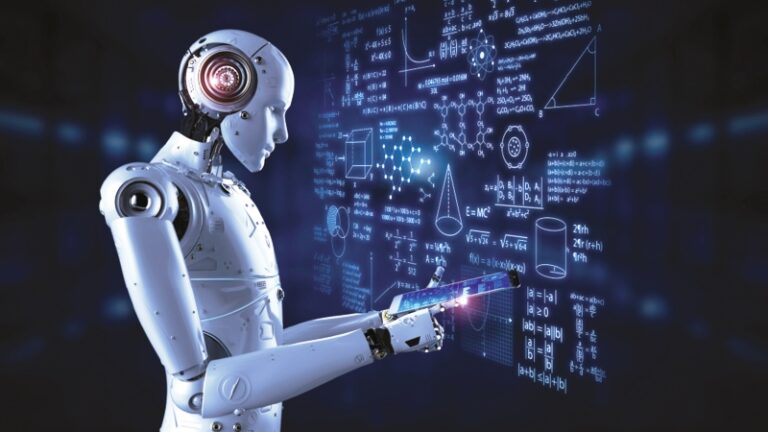Artificial intelligence can be defined as a field of information that produces information systems capable of performing tasks or tasks that human intelligence is supposed to perform. It is designed to think like a human and learn from his mistakes and successes. The definition of “Zhong 2006” can also be added as follows: A branch of science and technology. Modern technology aims to explore the secrets of human intelligence on the one hand, and to implant human intelligence into machines as much as possible so that the machines can perform functions to the best of their ability. For example, we mention the following possible opportunities:
1) Individualizing instruction according to the needs of each student or learner so that learning becomes more effective.
2) Revealing the learner’s strengths and weaknesses and proposing appropriate solutions for each individual;
3) The possibility of assistance within 24 hours continuously, without interruption, in contrast to the role of the teacher in the current form;
4) Translating texts from one language to another;
5) Image recognition;
6) Prepare a design to study a specific topic;
7) Preparing exercises adapted to the level of each student;
8) Accelerating the correction of exercises and a large number of them in a quick time;
9) Enabling learners to learn remotely and other capabilities of interest to teachers and those responsible for managing school affairs.
In addition to all these gains that are developing day after day, a set of questions arise about the future of a group of professions that will be subject to extinction, which requires adapting education and vocational training to the requirements of the times and rapid developments. On the other hand, there are some thinkers who warn of the emergence of a new reality that enslaves… Man through the tyranny of technology to the point of talking about the emergence of a “digital dictatorship” as a new techno-social phenomenon that besieges man cognitively, temporally, and spatially, which has led to a serious violation of the individual’s freedom and influence over his personal life, in which man is almost transformed into a slave to technology.
There is no doubt that digital development has begun to change the face of human civilization in the twenty-first century in an unprecedented way, and this change has included all aspects of human intervention, whether it is related to communication, wars, medicine, trade, or even all aspects of life, and here we are concerned with the new impact on the development of… Education, its methods and contents, because of its importance in achieving social and economic development, social justice, and preserving the rights and freedoms of individuals. Artificial intelligence has entered the world of education, where “smart learning systems” are increasingly being developed by the private sector to be deployed in schools and universities around the world, creating a market. Its value is expected to reach 6 billion US dollars in 2024. This new situation requires taking a set of measures at the educational policy level to keep pace with digital transformations, including the following:
1) Creating new divisions to study artificial intelligence at the level of teacher training centers and all frameworks related to education and vocational training;
2) Incorporating new projects into educational research concerned with how to benefit from the integration of artificial intelligence into education at all levels;
3) Establishing partnerships with research centers in friendly universities for scientific cooperation in this field;
4) Adapting national laws to digital developments and the measures they impose to protect learners from potential risks in accordance with UNESCO recommendations;
5) Developing administrative and educational management by integrating artificial intelligence mechanisms, which will help educational institutions quickly analyze statistical and educational data to reveal the weaknesses and strengths of learners to formulate complementary projects and make the right decisions as quickly as possible, by developing a master plan for using artificial intelligence in education management and evaluation;
6) Integrating mechanisms for using artificial intelligence into continuous training formulations to develop teaching methods and enable teachers to use some new technologies to solve problems;
7) Develop digital infrastructure to enable students to benefit from distance education, exploit the learning methods provided by artificial intelligence, and accelerate the generalization of education in remote areas.
Moving from the current educational model to a new model based on the principles of the rights and equity approach requires us to think about developing a new paradigm that benefits from contemporary technological development, and enables other opportunities to renew the Moroccan school and enable it to improve the quality of education while achieving a higher degree of equity so that no one remains On the sidelines.

